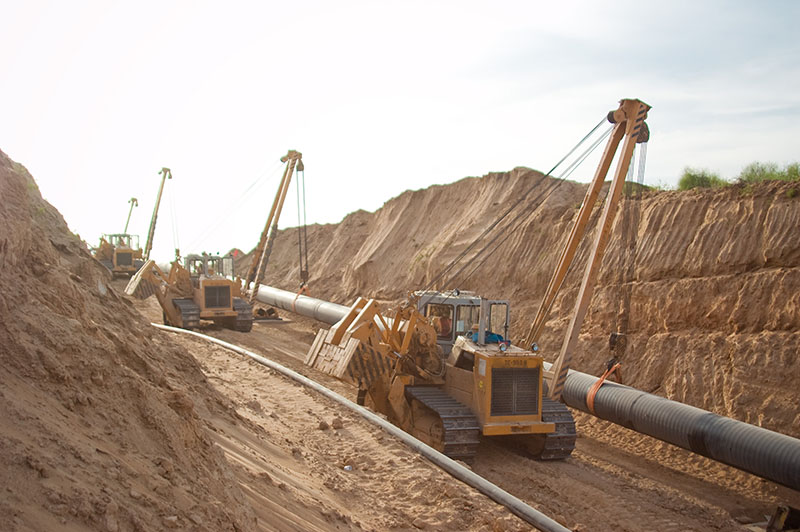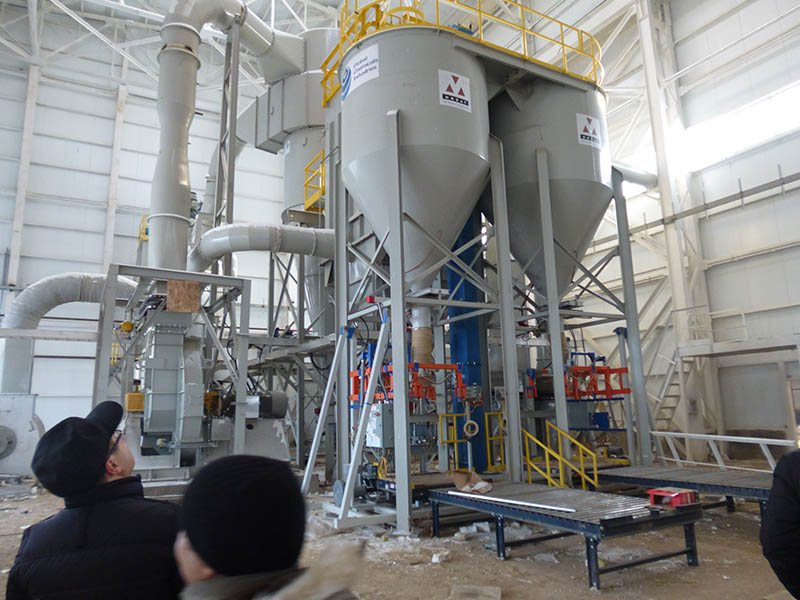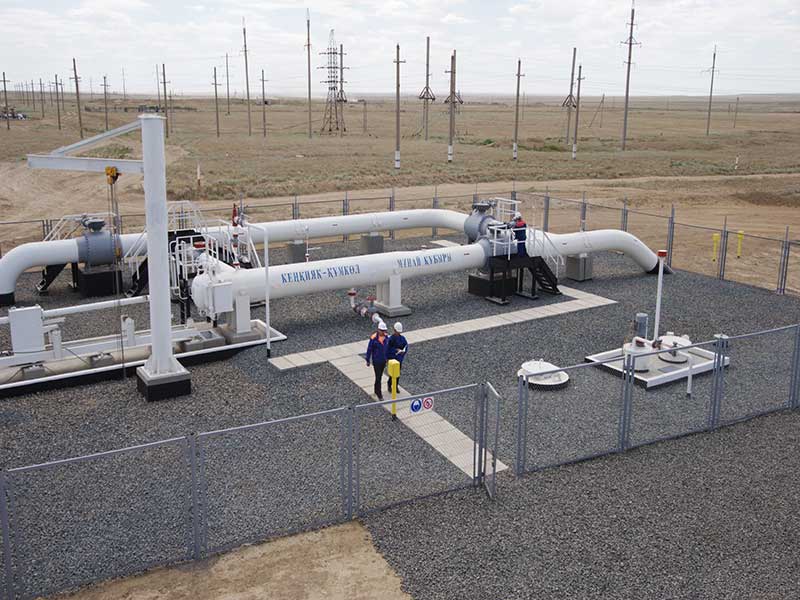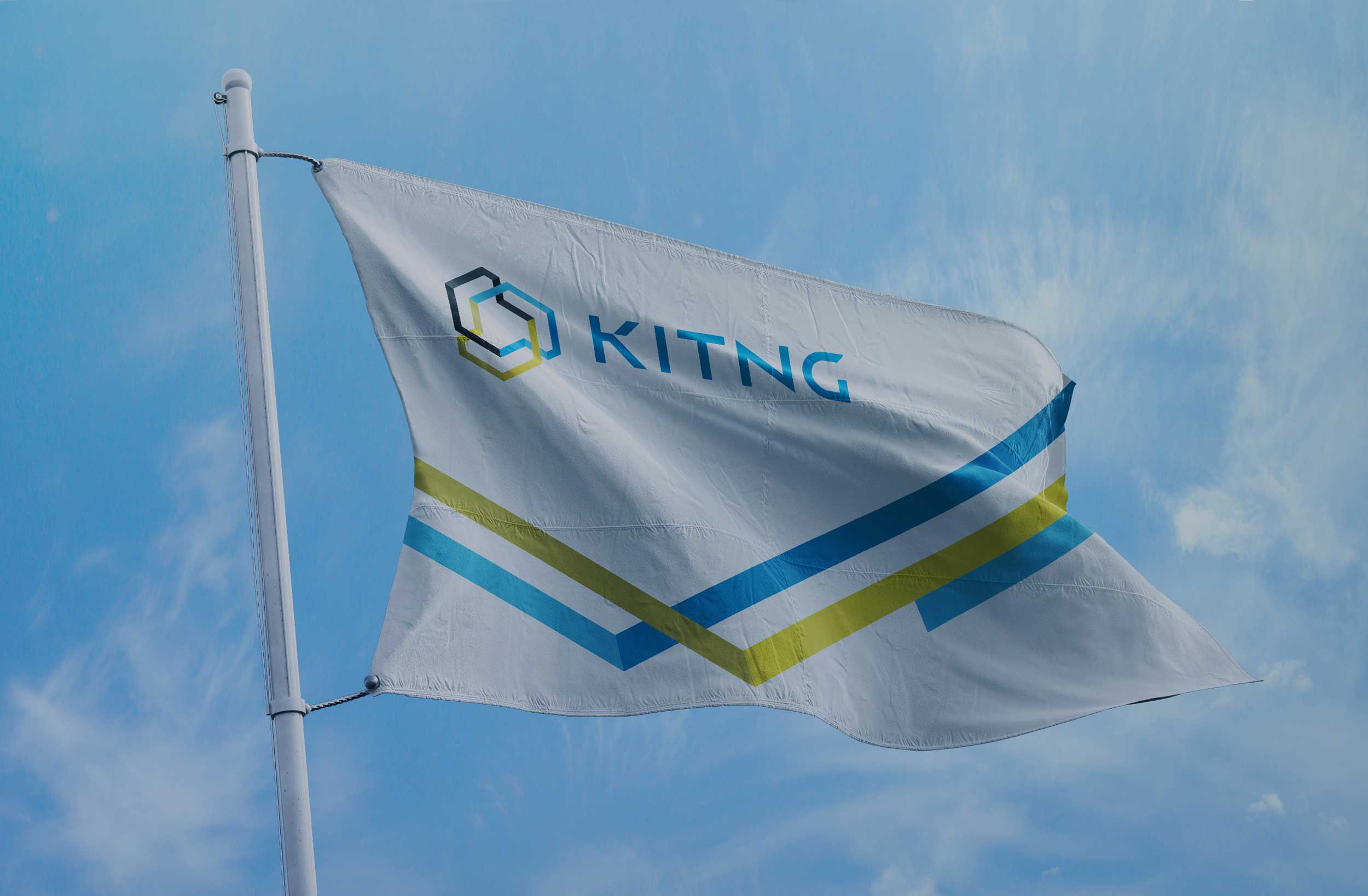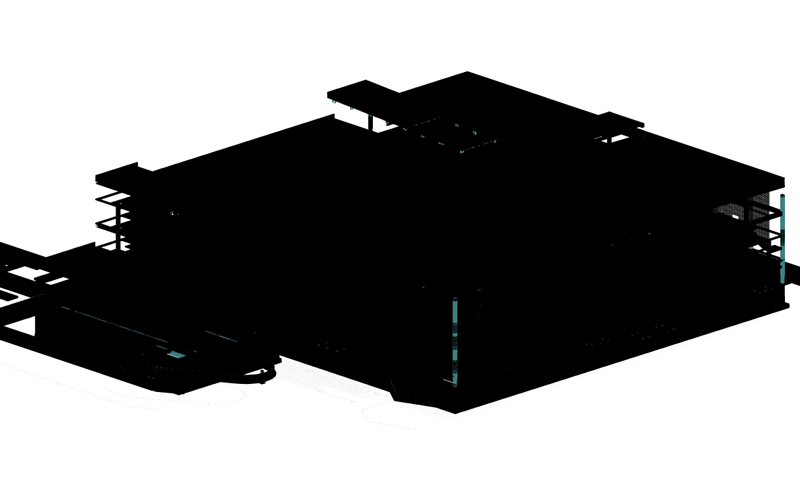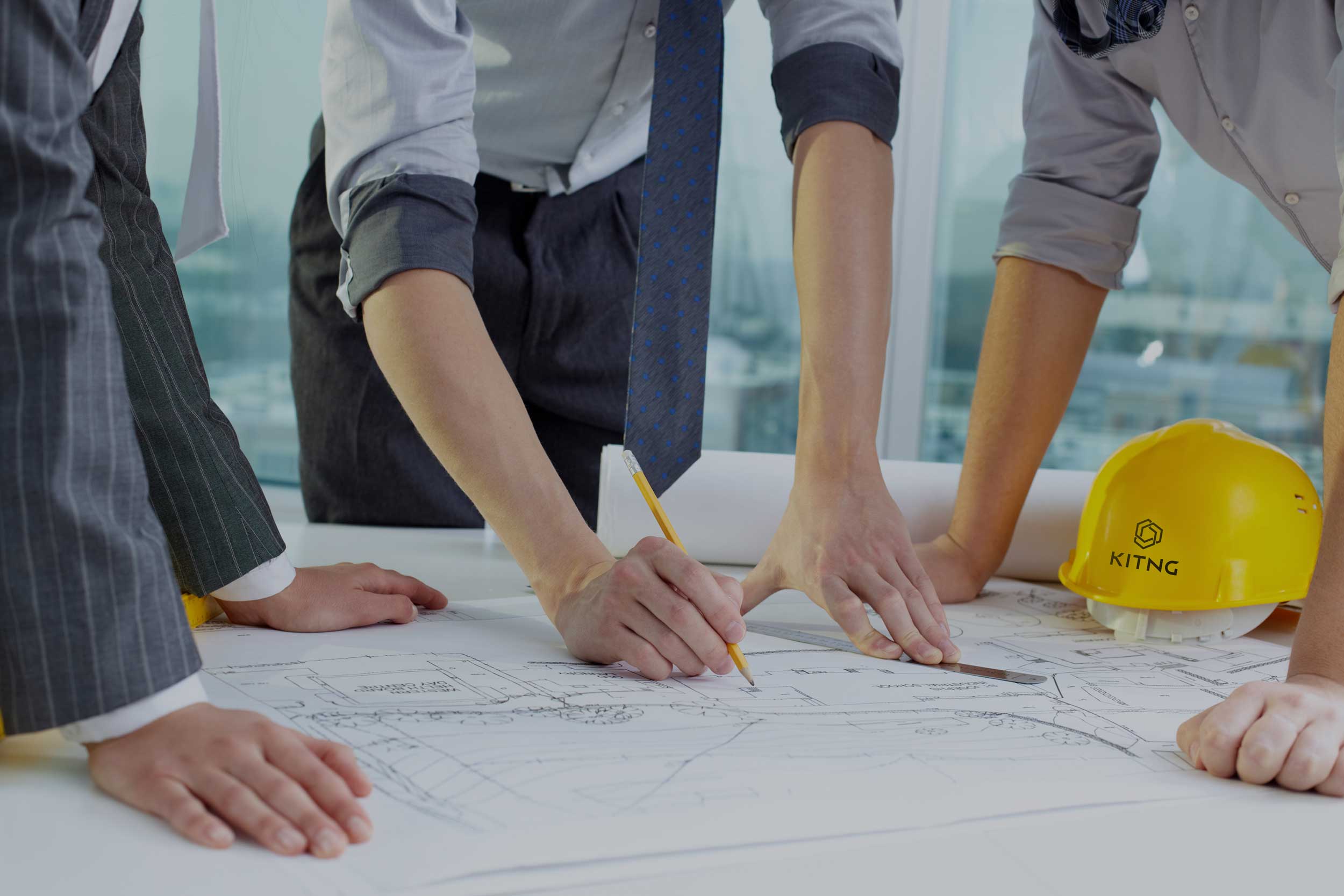Main pipeline is a complex engineering structure that may consist of dozens, hundreds and even thousands of kilometres of pipelines. It includes multiple units, including oil or gas pumping stations, crossings of streams and roads.
Main pipelines: oil and gas pipelines
It is recognised that the design of main pipeline is a complex engineering task that requires special skills and proper experience of a design company. Main pipelines are the following:
- Pipelines (from the place of production and preparation for further transportation) that include branches and loopings, crossings through natural and engineer obstructions, stop valves, junction points of gas pressure reduction stations, pump stations, booster stations, units of gas expenditure measurement, treatment facilities, condensate collectors and many other;
- Main pipelines, in-line structures and lines of technological communication, plants of electrochemical protection of pipes against corrosion, telemechanics measures;
- Systems of electrical power supply, remote control of stop valves and electrochemical protection plant, pipeline safety and power lines;
- Protective firefighting means and pipeline constructions;
- Tanks for condensate storage (degassing), underground and aboveground constructions designed for emergency supply of oil products and liquefied hydrocarbons;
- Design of process pipelines including special premises for pipeline use line service;
- Roads and areas for air transport located along the pipeline, special signals and markings;
- Stations and facilities for underground storage of gas;
- Main filling, pumping and relay pumping stations, gas distribution plants, pump stations.
- Special tank batteries;
- Oil and oil products heating stations.



